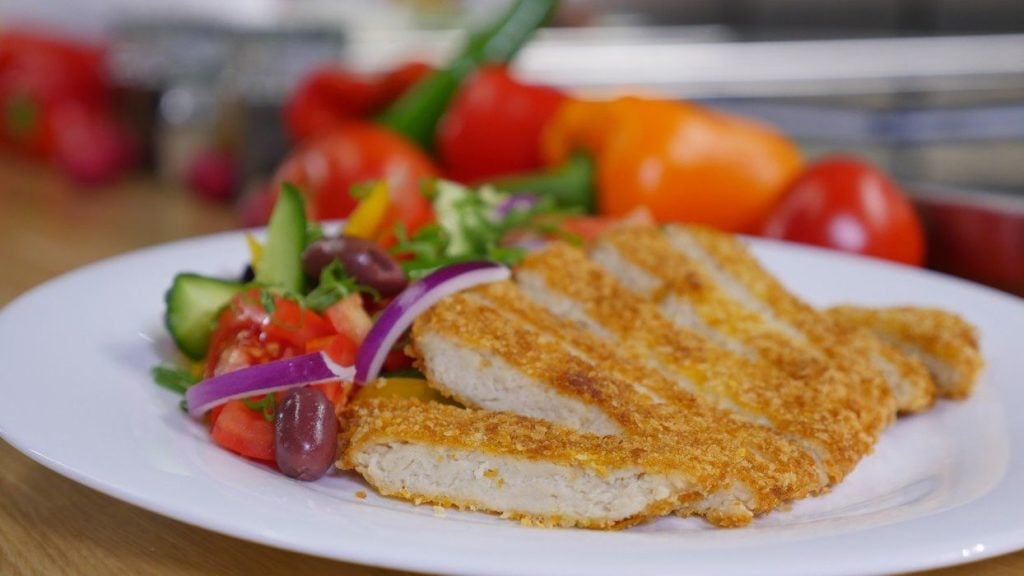
An Israeli cultured meat startup has opened a huge production facility to bring their edible products to market.
Future Meat Technologies is a startup in the cultured meat industry. There are two forms of alternative meat sources. One is vegetarian, where sophisticated combinations of vegetable matter can closely mimic the taste and feel of real meat. A great example of that approach has been Redefine Meat.
The other approach is “cultured meat”. Instead of combining vegetable ingredients, the cultured meat approach involves literally growing actual meat cells in bioreactors. The result is, well, real meat down to the molecular level, but without the animal or any of the associated handling effort.
That’s the approach used by Future Meat Technologies, who claim they can produce actual meat with vastly less resources than traditional farming:
- 80% less greenhouse emissions
- 99% less land use
- 96% less freshwater use
That’s an incredible set of claims, and it seems they are actually able to achieve it.
They don’t mention several other major advantages to the process:
- No requirement for drugs, steroids or other bio agents normally given to cattle
- Resistant to weather events and viral attacks
- 24 hour continuous and reliable production
- Identical (literally) quality on each batch
Their bioreactor process enables cells to double in less than 24 hours, making the production of high volumes of meat feasible.
Recently they opened a large pilot production facility in Israel. This plant is able to produce approximately 500kg of beef each and every day, equivalent of harvesting about 30 cattle. It’s also the equivalent of 5000 hamburgers.
The company has been tuning their process to increase profitability and efficiency, with a goal of establishing larger production facilities in different countries.
Where does 3D printing come into this market?
There are several competitors working on the cultured meat problem, and many of them use 3D printing technology. It’s used to make products that mimic real-life meat products that have differentiated structures, textures and real-life appearance.
I haven’t found any evidence that Future Meat Technologies uses 3D printing to form their final products, so it’s likely they are not yet doing so. The meat products appear simplistic in structure, but that’s fine for applications such as burgers.
However, it’s possible the company will at some point engage 3D print technology to reform their cultured meat cells into more sophisticated meat products.
I’m interested in this angle because everyone has to eat. With increasing challenges from climate change rendering farmland less usable, the ability to grow food becomes critical in many areas. There’s also a growing issue with the use of pesticides and biological agents in factory farm settings, which are not required in cultured meat technology.
It may be that in the distant future most food is produced by this type of factory, along with vertical farms for vegetables, that take up far less land area and can be located anywhere.
We may see a 3D printed food future.
Via Fooddive
